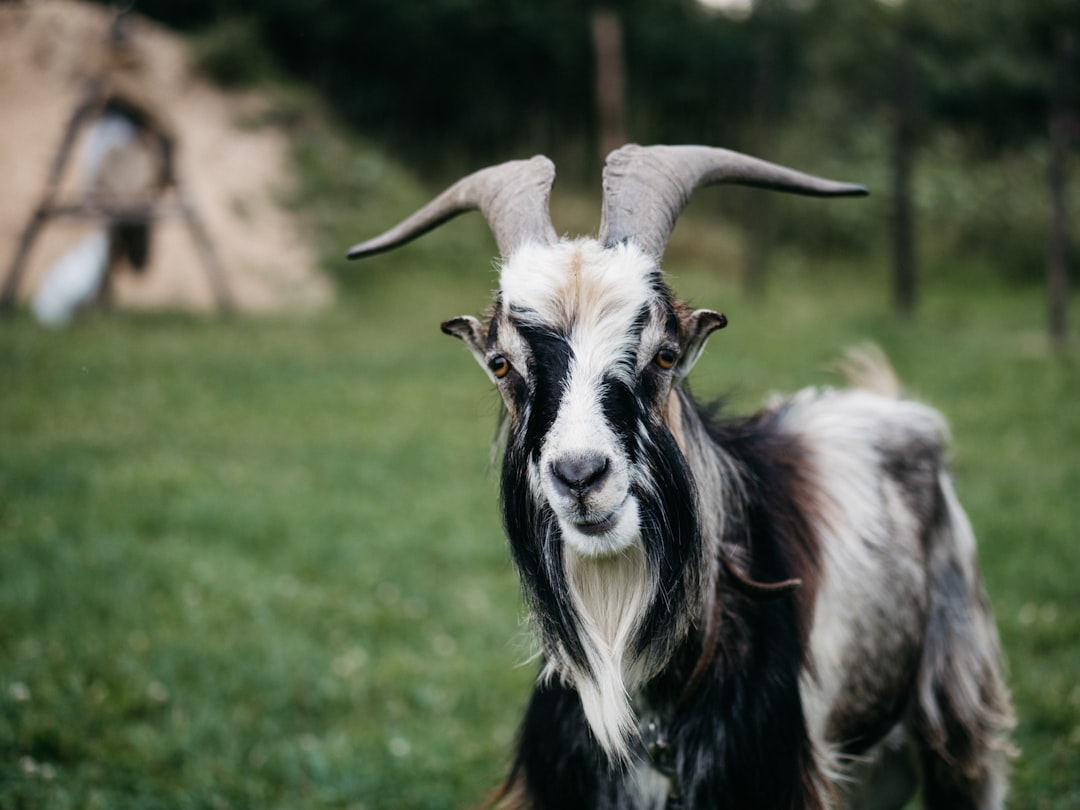Goats are incredibly adaptable animals, thriving in a wide range of environments from arid deserts to humid tropical regions. Effective management strategies are crucial for optimizing goat production in these diverse settings, ensuring both animal welfare and economic viability. This post explores key considerations and practices for managing goats in different climates.
Goat Adaptability
Goats are renowned for their ability to survive and thrive in harsh conditions, making them ideal for various agro-climatic zones. They can efficiently utilize poor-quality forages, which is beneficial in regions with limited feed resources. However, their adaptability also means they can be challenging to manage if not properly cared for.
Management in Arid Environments
Arid regions present unique challenges, including limited water availability and extreme temperatures. Successful goat management in these areas involves:
-
Climate-Smart Housing: Providing shelter from intense sunlight and heat is essential. Elevated platforms or loose housing systems can help reduce heat stress and improve ventilation.
-
Nutritional Management: Ensuring access to nutritious feed is critical. Using local biomass and unconventional feedstuffs can be effective in arid conditions.
-
Water Management: Efficient water use is vital. Implementing systems that minimize water waste and providing cool water can help reduce heat stress.
Management in Humid Regions
Humid environments pose different challenges, such as increased parasite loads and heat stress exacerbated by high humidity.
-
Parasite Control: Regular monitoring and strategic deworming are essential to manage internal parasites, which thrive in humid conditions.
-
Cooling Strategies: Implementing cooling methods like misting systems and providing shade can help mitigate heat stress.
-
Pasture Rotation: Rotating pastures not only helps manage parasites but also prevents overgrazing and maintains pasture health.
General Management Practices
Regardless of the environment, several practices are universally beneficial:
-
Genetic Selection: Choosing breeds adapted to local conditions can significantly improve productivity and resilience.
-
Health Monitoring: Regular health checks and proactive healthcare are crucial for preventing disease outbreaks.
-
Pasture Management: Implementing rotational grazing helps maintain pasture quality, reduces erosion, and supports biodiversity.
Conclusion
Managing goats in diverse environments requires a tailored approach that considers local climate conditions, available resources, and specific challenges. By adopting strategies such as climate-smart housing, nutritional management, and effective parasite control, goat farmers can optimize production while ensuring animal welfare and environmental sustainability. As global agriculture continues to evolve, the adaptability of goats will remain a valuable asset for farmers worldwide.
Citations:
- https://www.scielo.cl/pdf/idesia/v38n1/0718-3429-idesia-38-01-119.pdf
- https://niasm.icar.gov.in/sites/default/files/pdfs/Final%20TB%20on%20Goat%20Model.pdf
- https://goatjournal.iamcountryside.com/ownership/raising-goats-in-summer-heat/
- https://www.boerboksa.co.za/Publications/Articles/New/Sustainable%20Goat%20Production%20in%20Adverse%20Environments%20Volume%201.pdf
- https://oar.icrisat.org/10988/1/Flyer%20Goat%20Management_Final.pdf
- https://farmonaut.com/canada/10-essential-tips-for-managing-heat-stress-in-sheep-and-goats-a-canadian-farmers-guide-to-summer-animal-care/
- https://thecountrysmallholder.com/country-smallholding/how-goats-can-help-environmental-regeneration/
- https://www.mdpi.com/2673-933X/4/2/17

Comments
No comments yet. Be the first to comment!
You must be logged in to comment. Login